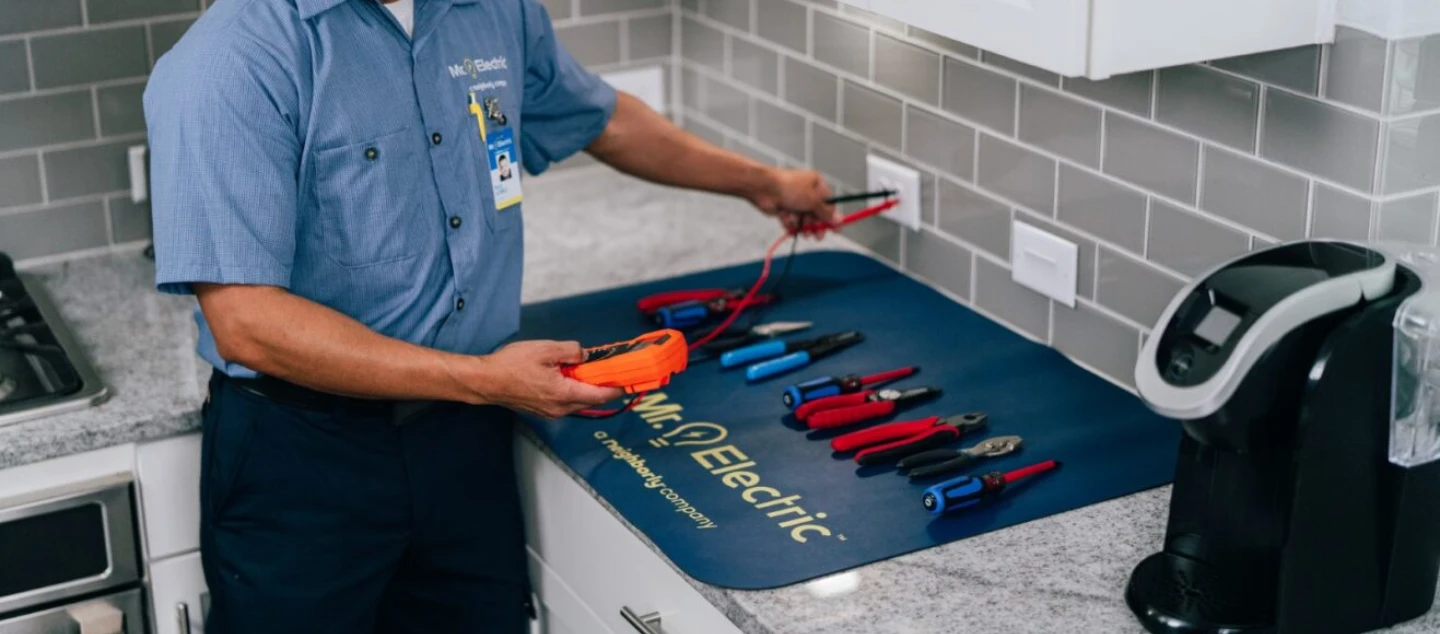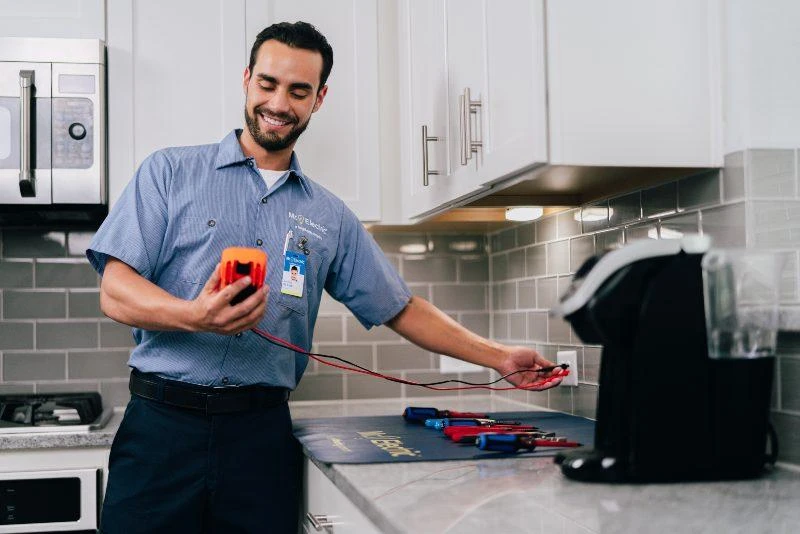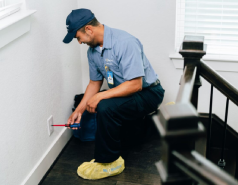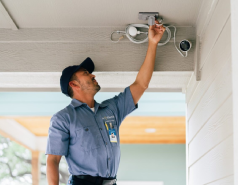It’s not always easy to know when your home’s wiring needs to be updated. Since most of the wiring in your electrical system is contained within your walls, you may not notice some of the most visible signs of damage or aging. Ultimately, the safest way to check your wiring is to have a team of qualified electricians inspect it. However, there are some common signs that your wiring needs to be updated.
Your Current Wiring Is Dangerously Old
One of the easiest ways to judge the quality and condition of your home’s wiring is by keeping track of its age. A home should have its wiring updated at least every 40 years. Depending on the circumstances, many homes need to update their electrical wiring more often. Updating electrical wiring in old homes is crucial. Homes in the 1960s and 1960s used aluminum wiring, now considered a significant hazard according to modern electrical safety standards.
Your Home Has Ungrounded Outlets
If you don’t have grounded outlets, your home’s wiring needs to be updated as soon as possible. You can tell an outlet is not grounded if it only has two prongs. Three-pronged outlets have a ground wire that helps prevent excess electricity from causing electrocutions. In fact, installing ungrounded outlets in newly built homes has been prohibited for safety reasons since 1962. If your home has ungrounded, two-pronged outlets, you will need to replace them and update the wiring to include ground wires.
You Are Missing GFCI Outlets
A Ground Fault Circuit Interrupting Outlet (GFCI) protects against water-related electrocution. It monitors the amount of electricity flowing through the circuit. If the current leaks any electricity, it instantly cuts off power to the outlet, preventing electrocution. You can identify GFCI outlets by their “Test” and “Reset” buttons. It’s crucial to have these in rooms like bathrooms, kitchens, garages, and other areas with high levels of moisture. A lack of GFCI outlets indicates that your home’s wiring is likely outdated.
You Don’t Have AFCI Outlets
Arc Fault Circuit Interrupters (AFCIs) monitor your home’s wiring for arcs that escape the insulation surrounding the wiring. When part of a wire becomes exposed, small arcs of electricity may escape, which can cause a fire. If you have AFCI breakers or AFCI outlets, they will recognize an arc in your wiring and shut the power to that circuit. This can be a potentially lifesaving safety feature, which is why it is required in most living spaces in newly constructed homes.
Your Home Needs New Appliance Outlets
Major appliances, like refrigerators, ovens, and clothes dryers, often need special 240-volt outlets. Older 240-volt outlets may only have three prongs. Newer, safer appliance outlets will have four-pronged plugs. If you notice that your appliance outlets are not up to date, replacing them and the wiring involved in that area of the home is a good idea.
Your Electrical Panel Doesn’t Provide Enough Power
Your electrical panel manages the amount of electricity that enters your home. In the past, 60-amp breaker wiring was commonly used. Today, that is not enough power for the average home to run all the appliances and electronic devices used by the average family. Most elections recommend that homeowners upgrade to 100- or 200-amp breakers and wiring. This is sure to be enough to run all your home’s devices at once without tripping breakers.













